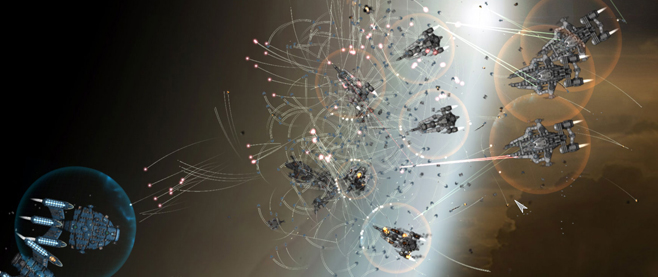
Light Four Torches
It’s easy to take for granted how much of the video game canon is reliant on nonsense game logic. Even games held up as some of the best of all time, like The Legend of Zelda: A Link to the Past, require you to grapple with obtuse puzzle solutions that you wouldn’t normally arrive at without either extreme experimentation or already being indoctrinated into how video game logic works. While the game is incredibly clear about how you can interact with the world, the actual places where the different verbs fit can be counterintuitive. On the other hand, other games, like indie classic La-Mulana, are for the most part very clear about giving you hints to the solutions to the puzzles, but are unclear with some of the ways you can interact with the puzzles. Canon or no, it’s useful to examine how these games fail basic approachability tests when it comes to engaging someone who isn’t already immersed in games.
The underlying absurdity of games logic can be illustrated with one simple example: the “light four torches” puzzles in the various Legend of Zelda games. If you grew up with the Zelda games, you’re probably familiar with the puzzles that have Link lighting four torches in order to progress, but if you don’t have that particular gaming touchstone in your background, it’s a bit baffling. Its first appearance is in The Legend of Zelda: A Link to the Past in the second proper dungeon in the game, the Desert Palace, where the boss of the labyrinth is hidden behind a wall by a square pattern of four unlit torches.
There’s some slight contextual clues in that the border of the room stops suddenly where the wall will move, but there’s no indication that lighting the torches will do anything other than the fact that they’re centrally located in the room. There’s no hint as to what you’re supposed to do other than their presence, which isn’t necessarily a strong enough hint as to how you’re supposed to interact given other torches up until this point don’t really trigger that kind of response. They’re mostly used to light up dark areas, and the room where you need to light them in the Desert Palace is already lit. The most galling part about this is that the game does give a hint about lighting four torches, but in a late-game dungeon where you’ve already passed this initial puzzle and you’re aware that lighting four torches has significance. A Link to the Past is very good about highlighting what you can do thanks to its item system providing the different verbs you’ll be performing, but design decisions like the four torches make use of those verbs in some of the most opaque ways to those who are uninitiated.
But the opposite is also a problem, where you don’t effectively communicate the different actions that players are capable of. La-Mulana is full of moments like this, where you’re given clear hints, but sometimes no vocabulary to interact with them. Tablets are strewn across the levels bearing text hints to the game’s many puzzles, and goes out of its way to make sure solutions are appropriately, if cryptically, signposted. Problems sometimes arise, though, when a puzzle asks you to perform an action that’s counterintuitive to how the game’s been training you to learn what you can do in the levels. One example is a puzzle where you’re supposed to find four points in one of the areas and scan them with your hand scanner. The problem is the fact that these points are background elements that you wouldn’t normally scan, and indeed, scanning similar points result in no feedback. But when you scan the points themselves, they shine for a moment. At no point are you expected to go hunting for normally unscannable things other than this puzzle, so while you’re given clear clues to the solution, you don’t necessarily know what to do with that information. La-Mulana gives you all the information you need to solve its obtuse puzzles, but stumbles when it comes to building a vocabulary of interaction that’s possible with the game.
Why does this matter? After all, gamers can intuit these things somewhat easily even when they’re not huge memes like the four torches construct. But that assumes a narrow definition of what a “gamer” is. We need to be constantly aware of how impenetrable game logic can be when in the hands of those who don’t have those huge touchstones. Games need to onboard new players a lot better, and that includes a lot of video games that are part of its very canon. A Link to the Past proves that you can teach players what actions they’re capable of clearly and absolutely. La-Mulana is a tough-as-nails exploratory platformer that provides clear clues to its puzzles, remaining a difficult puzzle box to unravel even as you’re given almost everything you need to solve it. Both halves of the equation are possible in games. We just need to demand clearer design to make games accessible to all.





